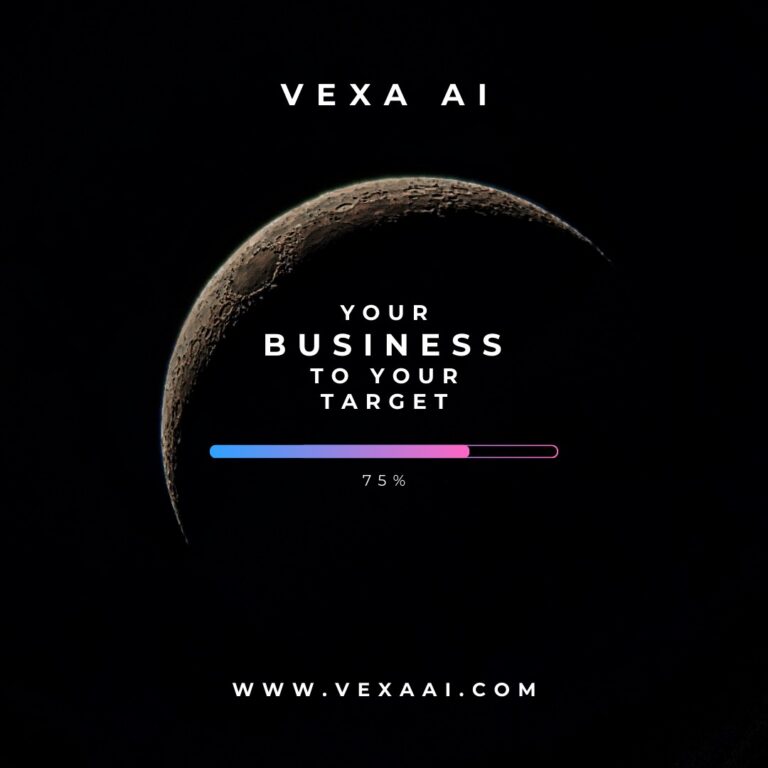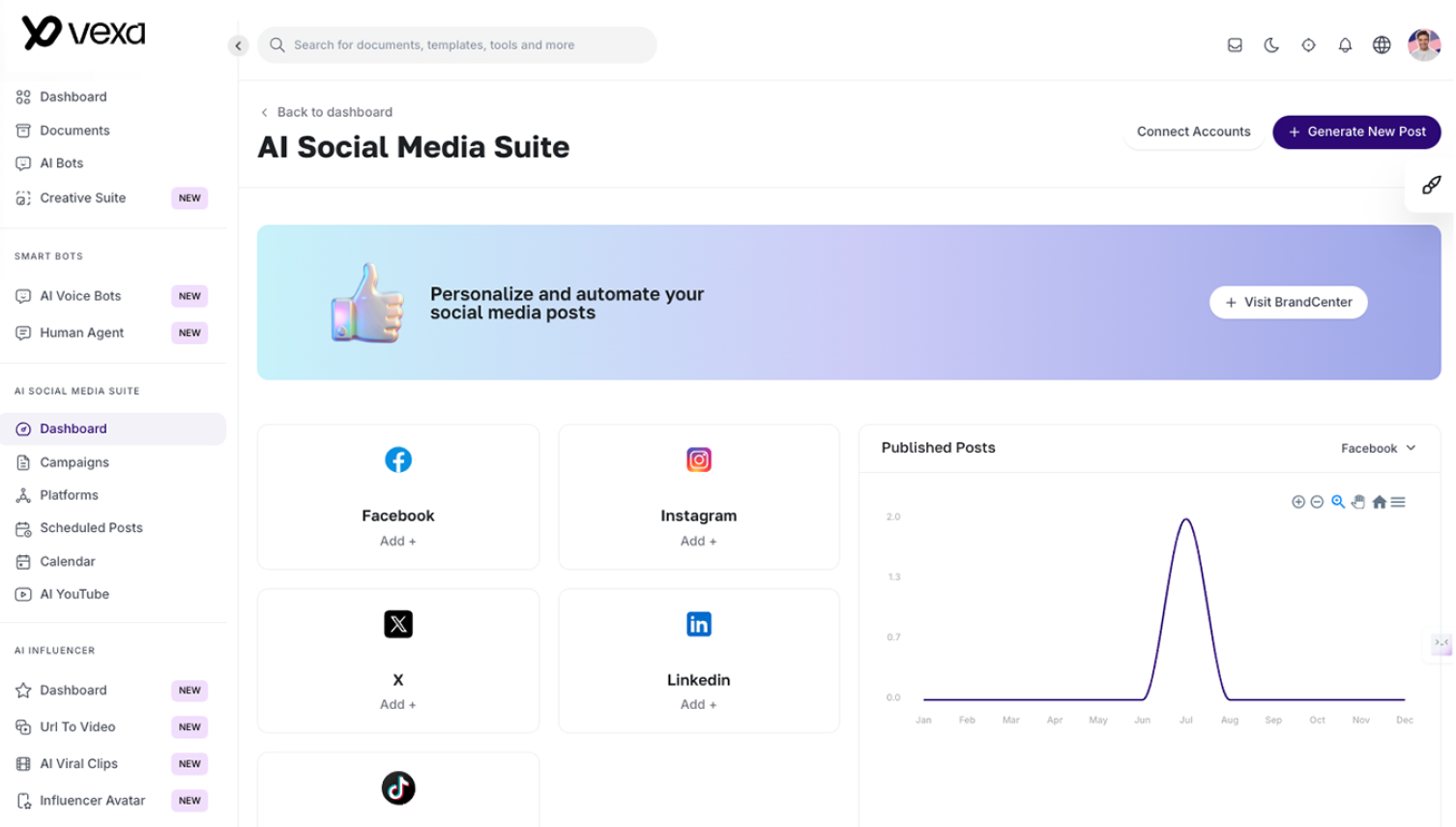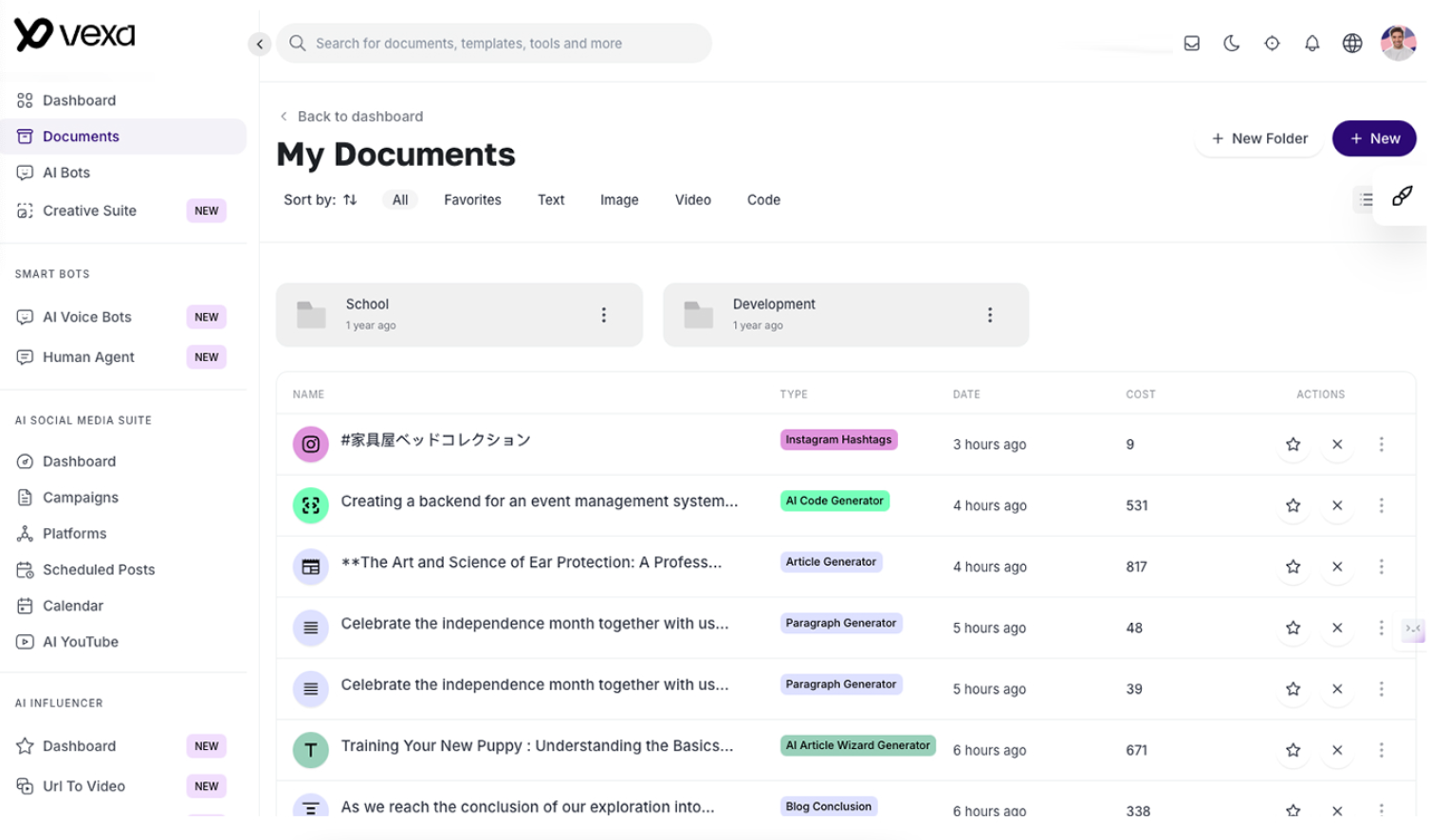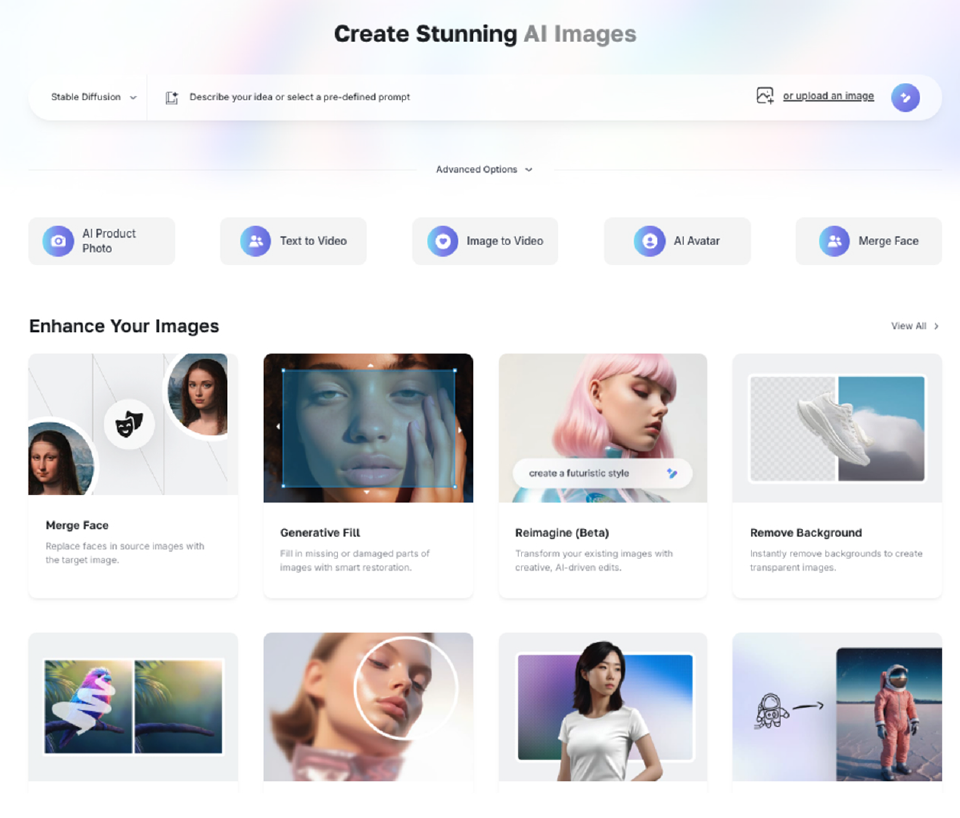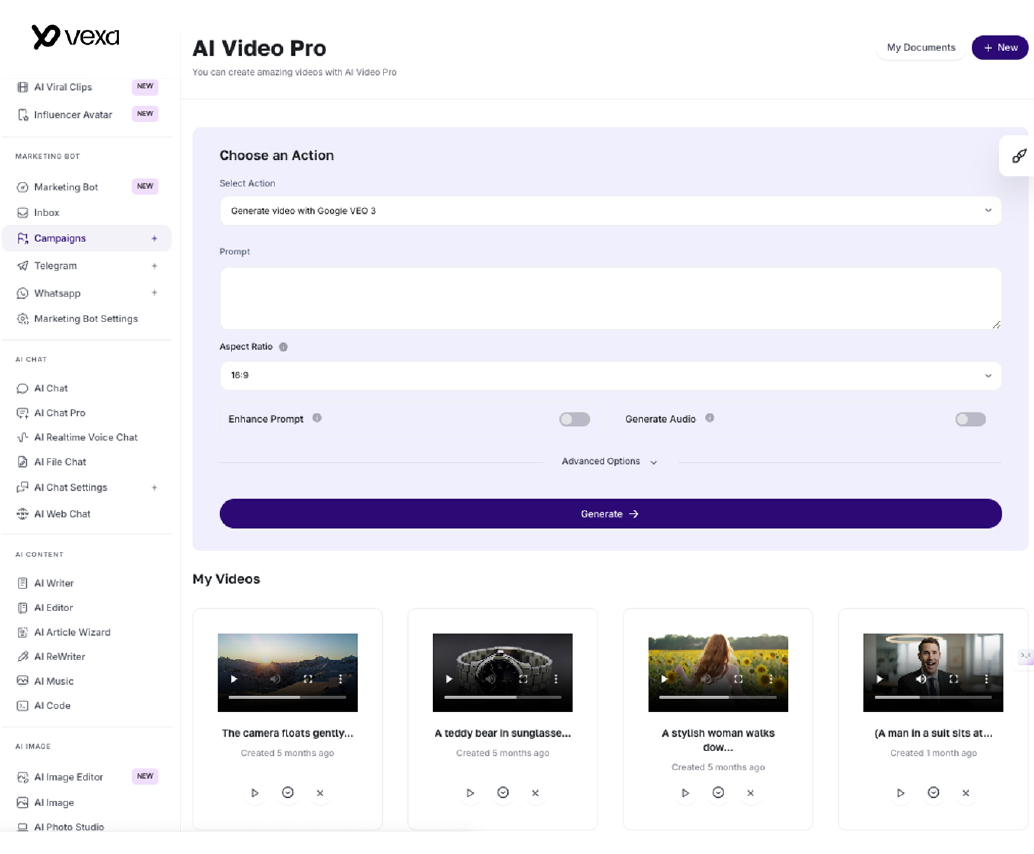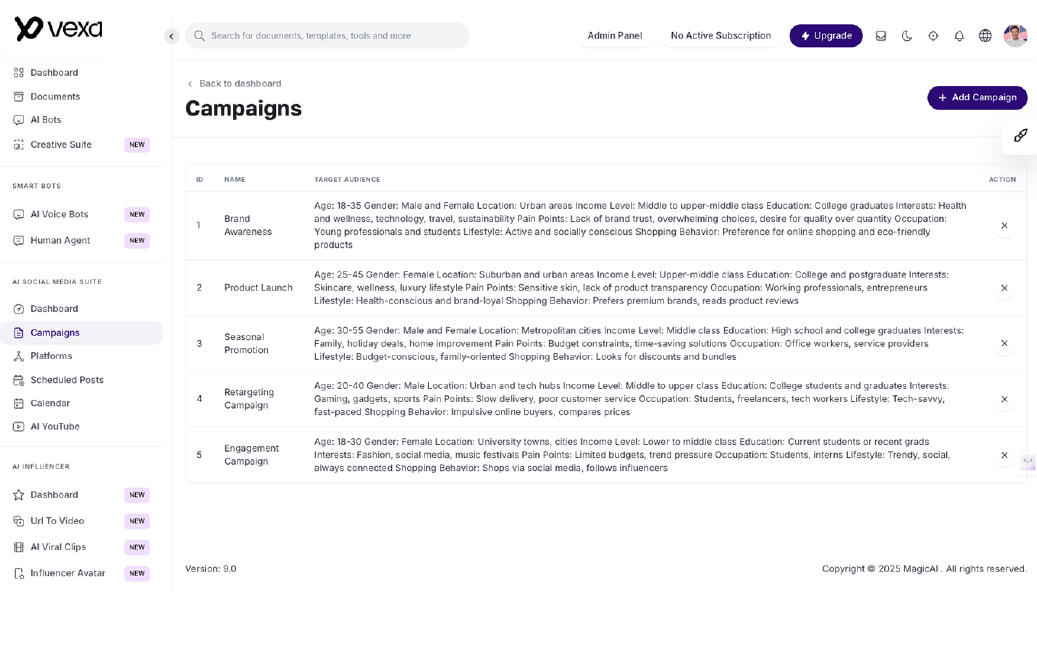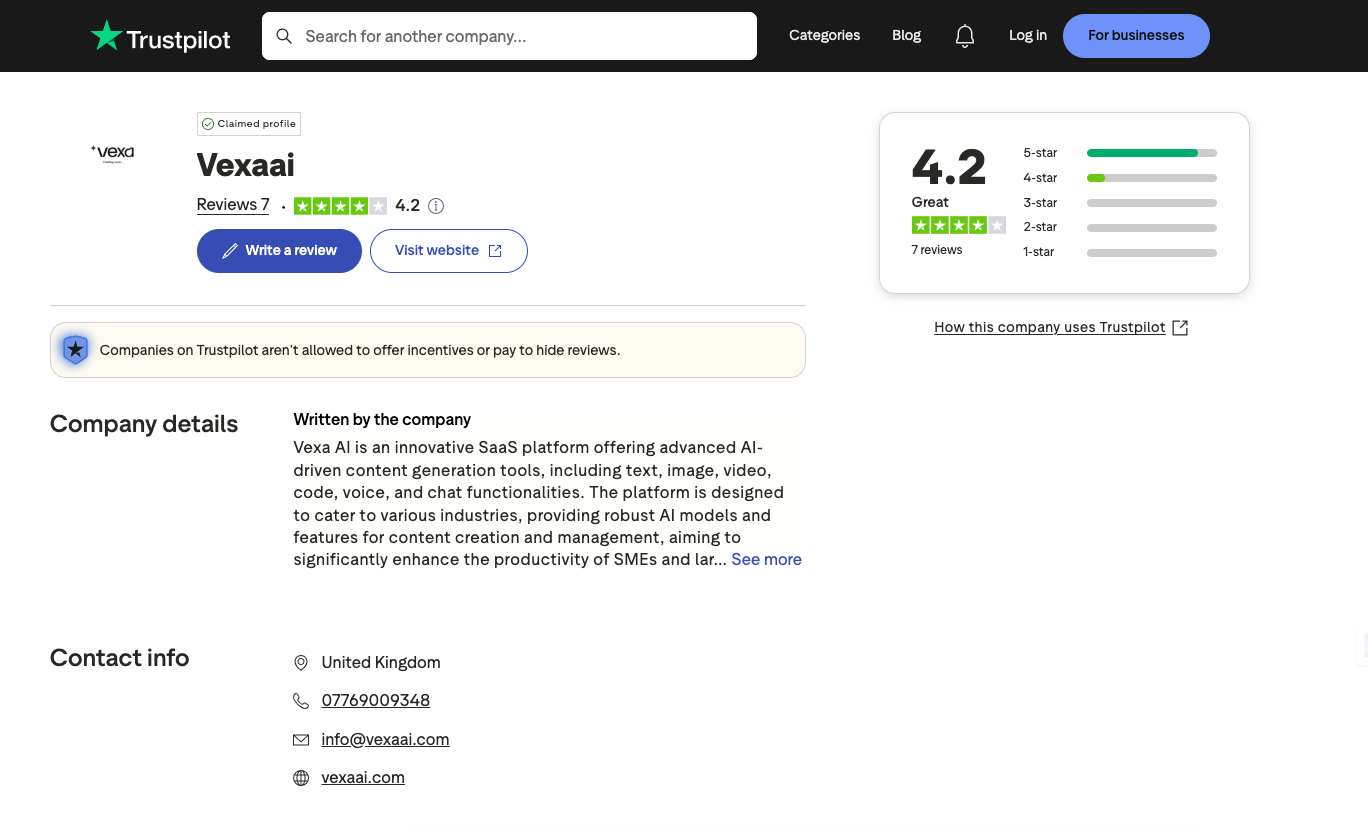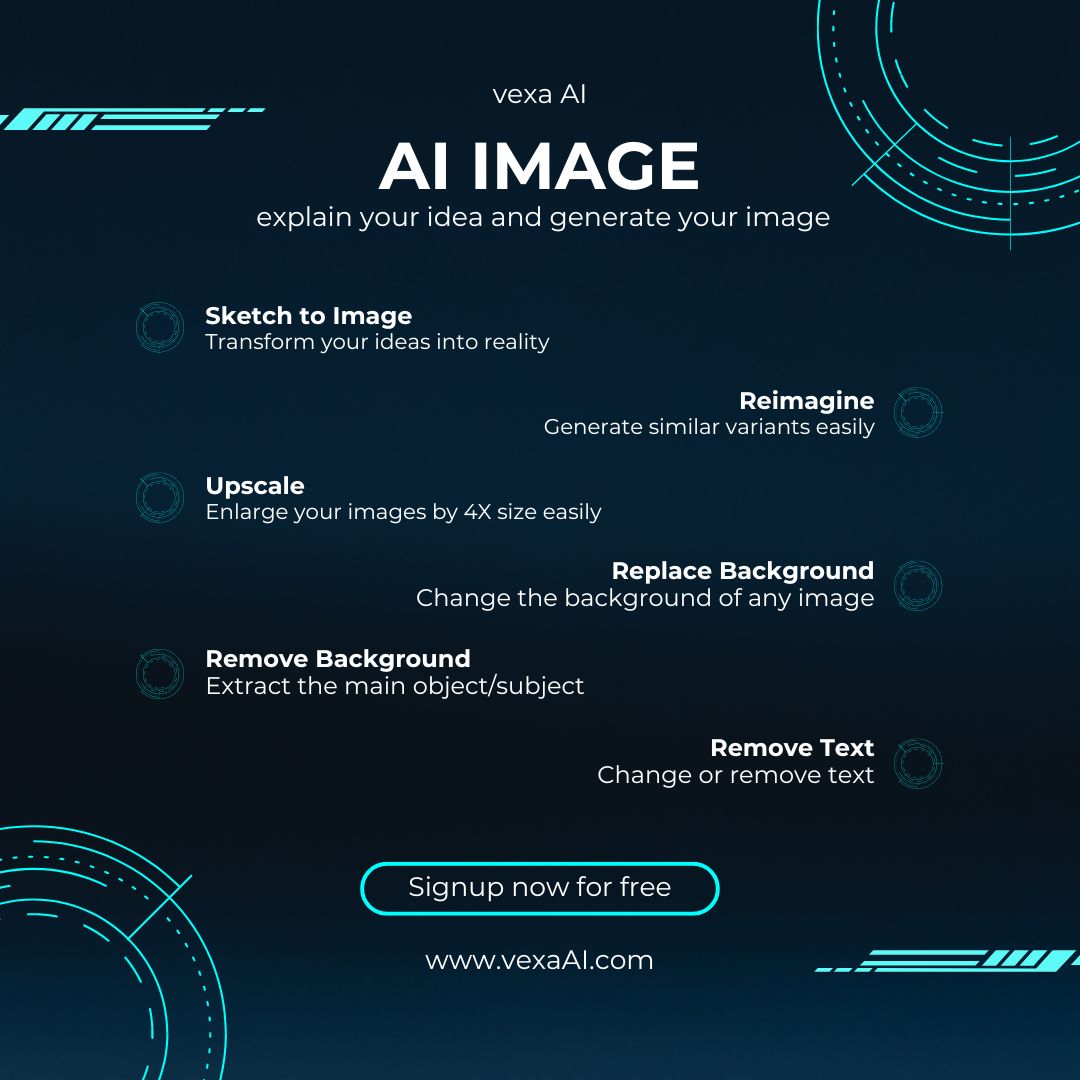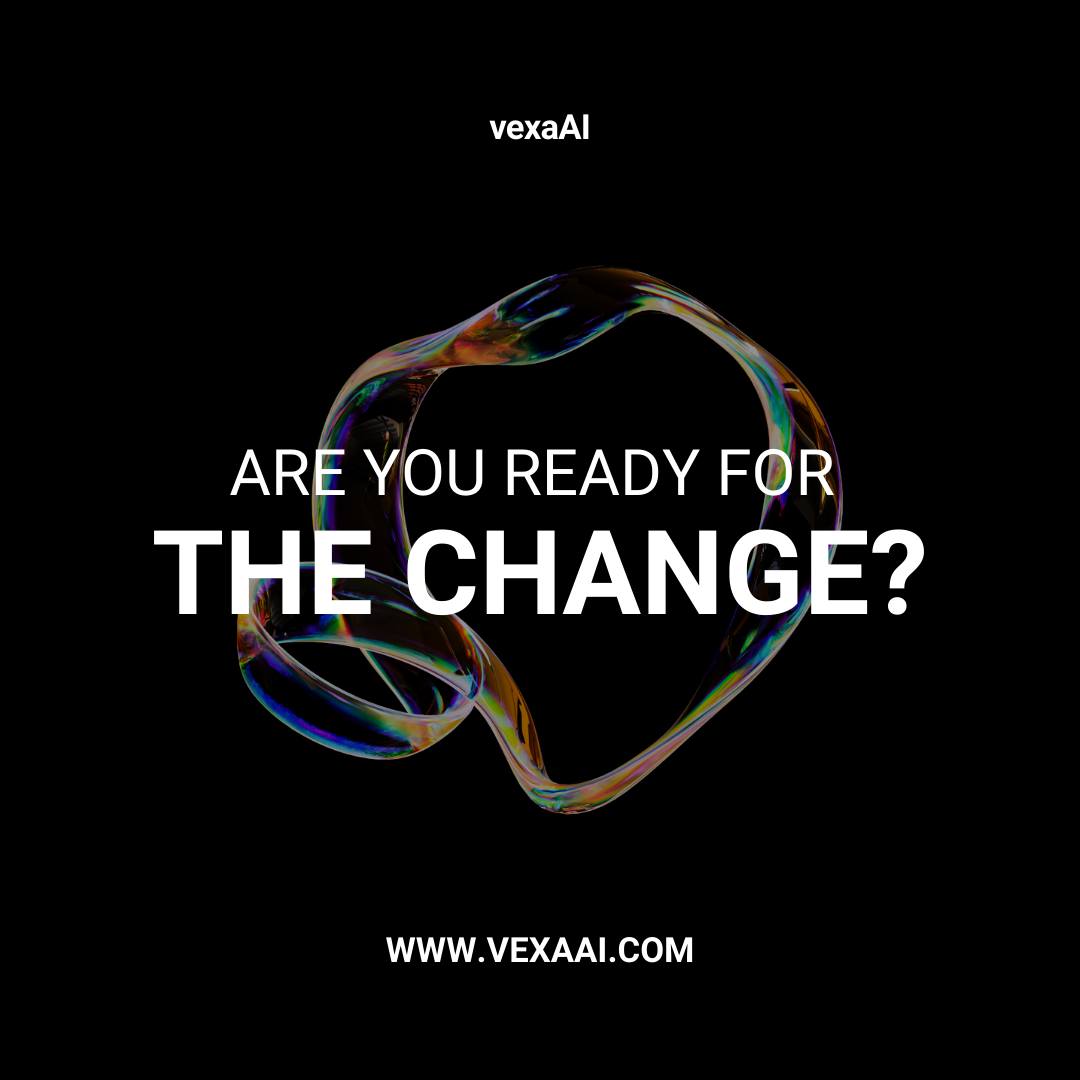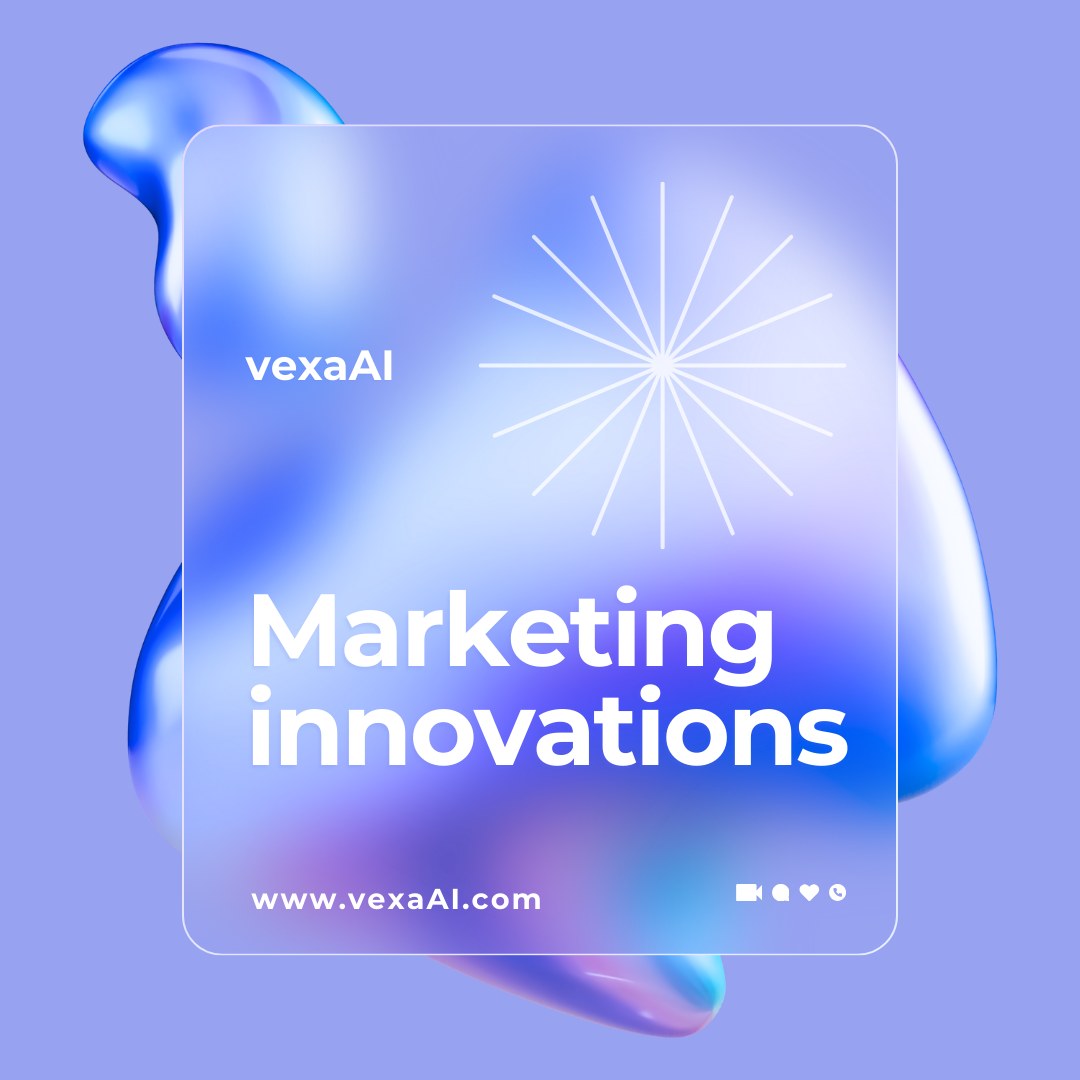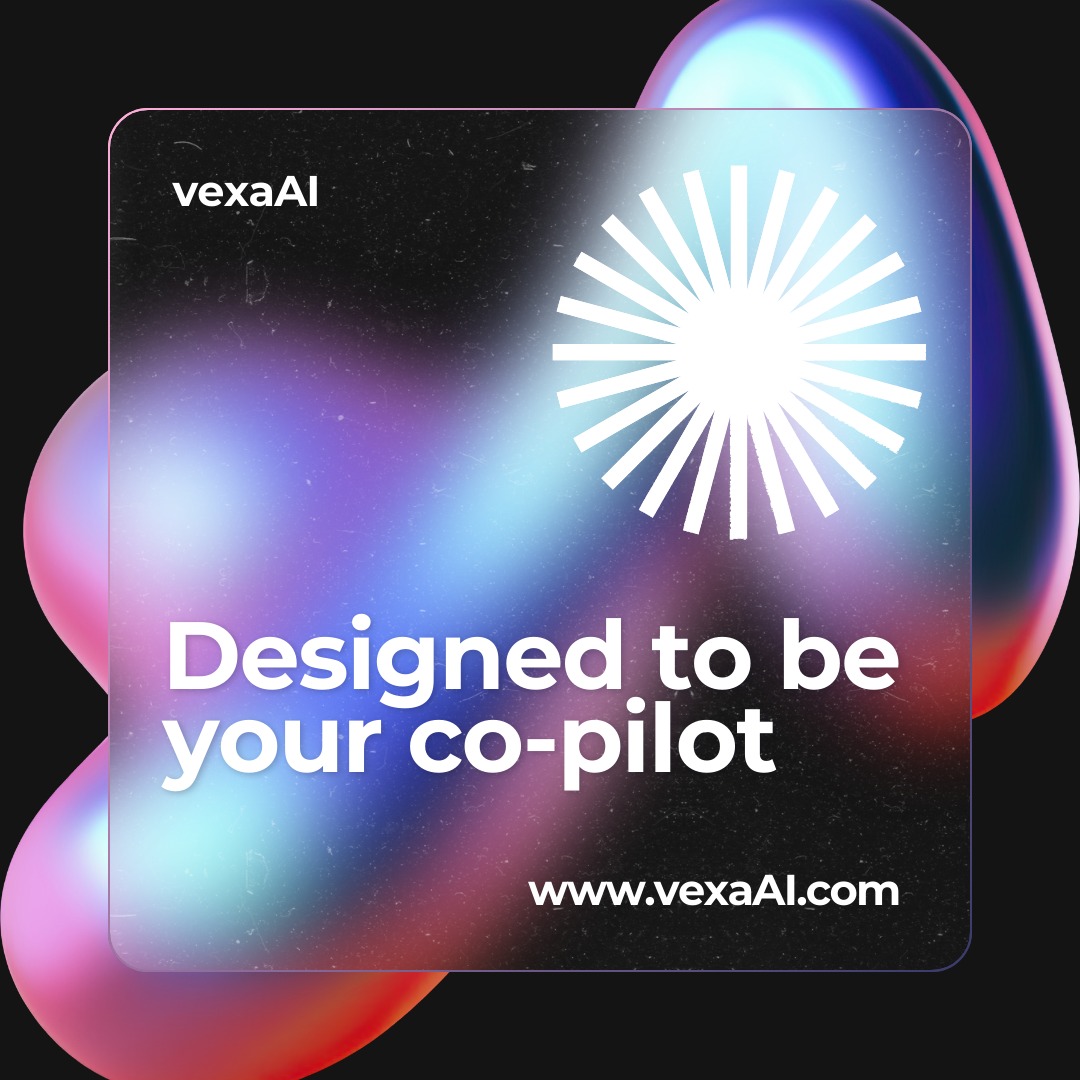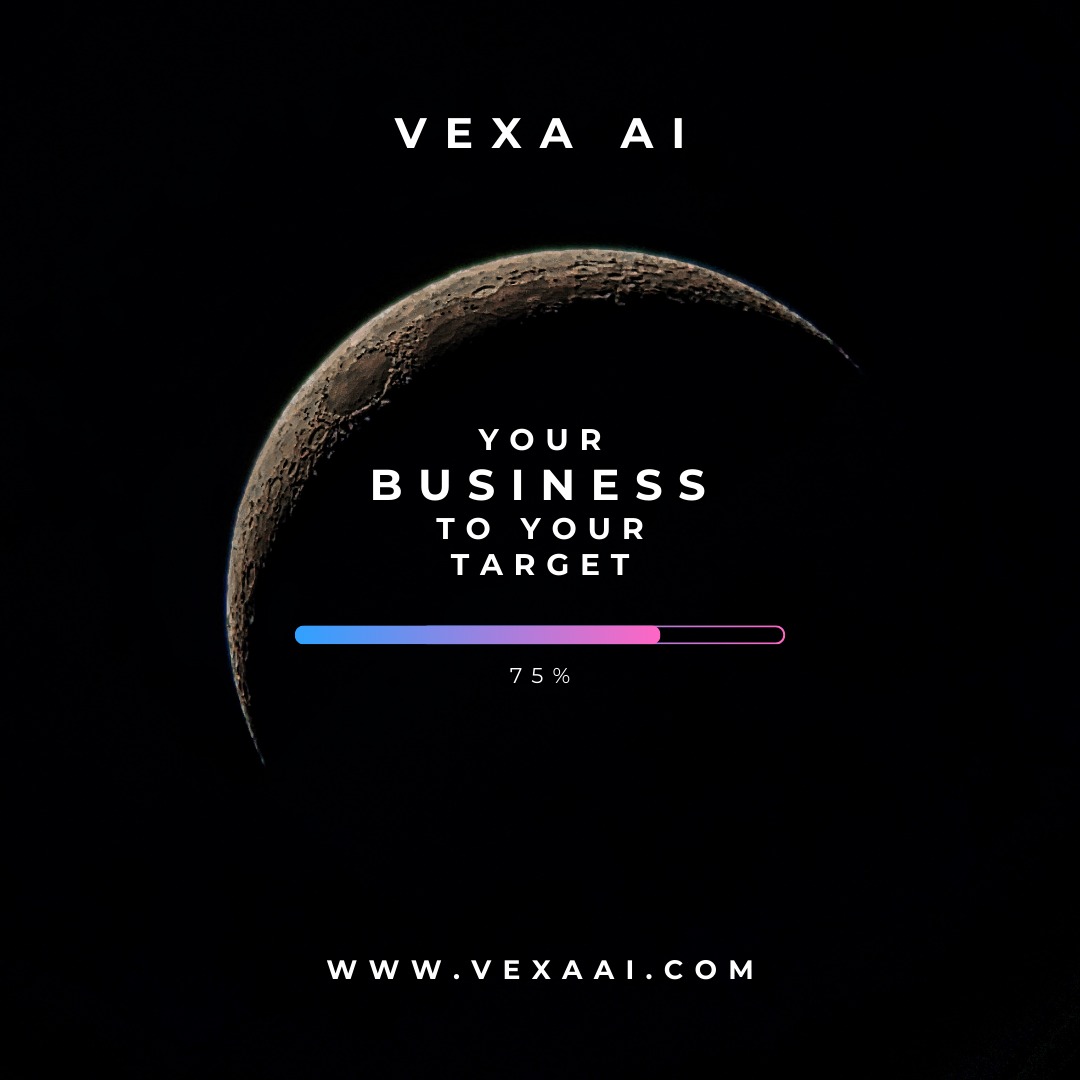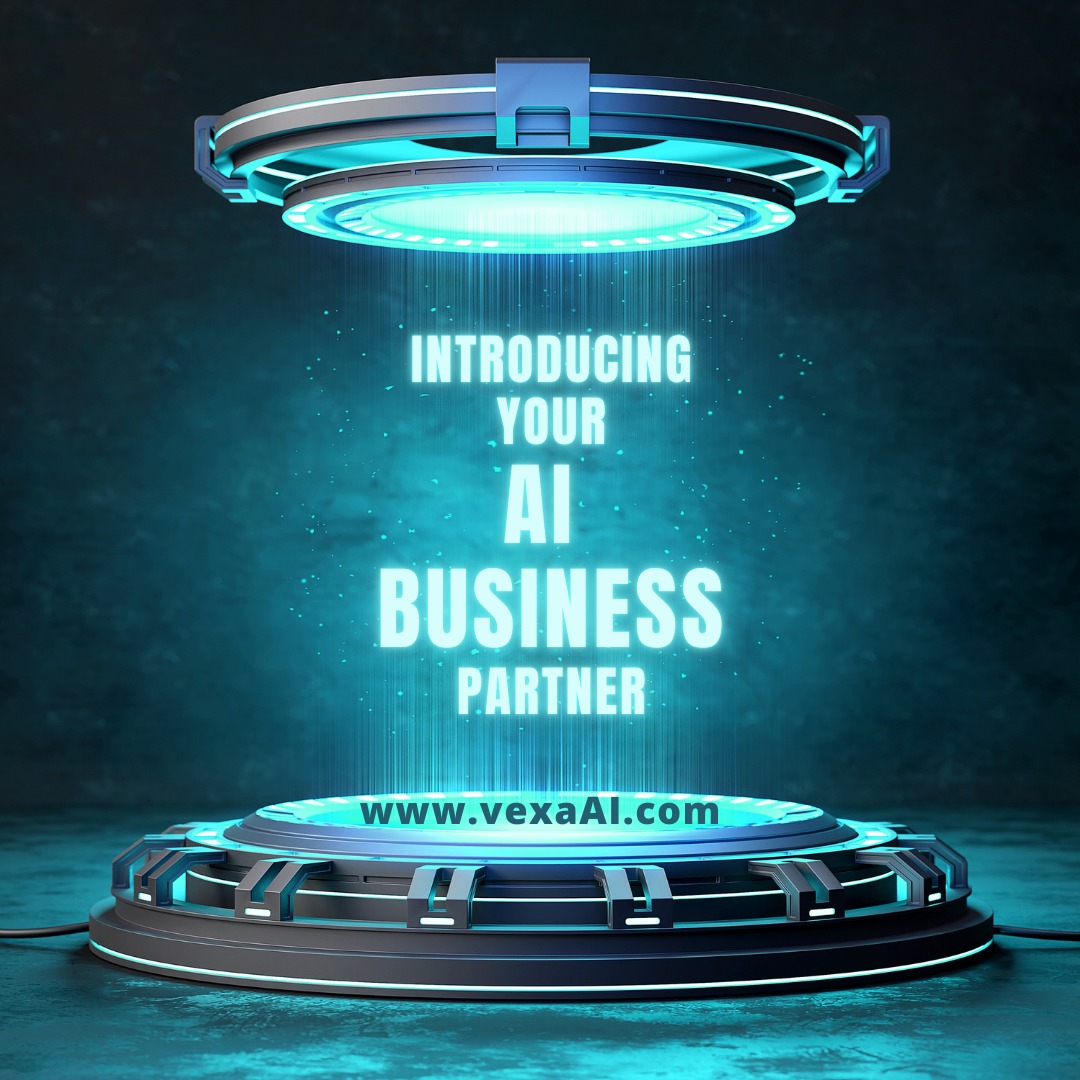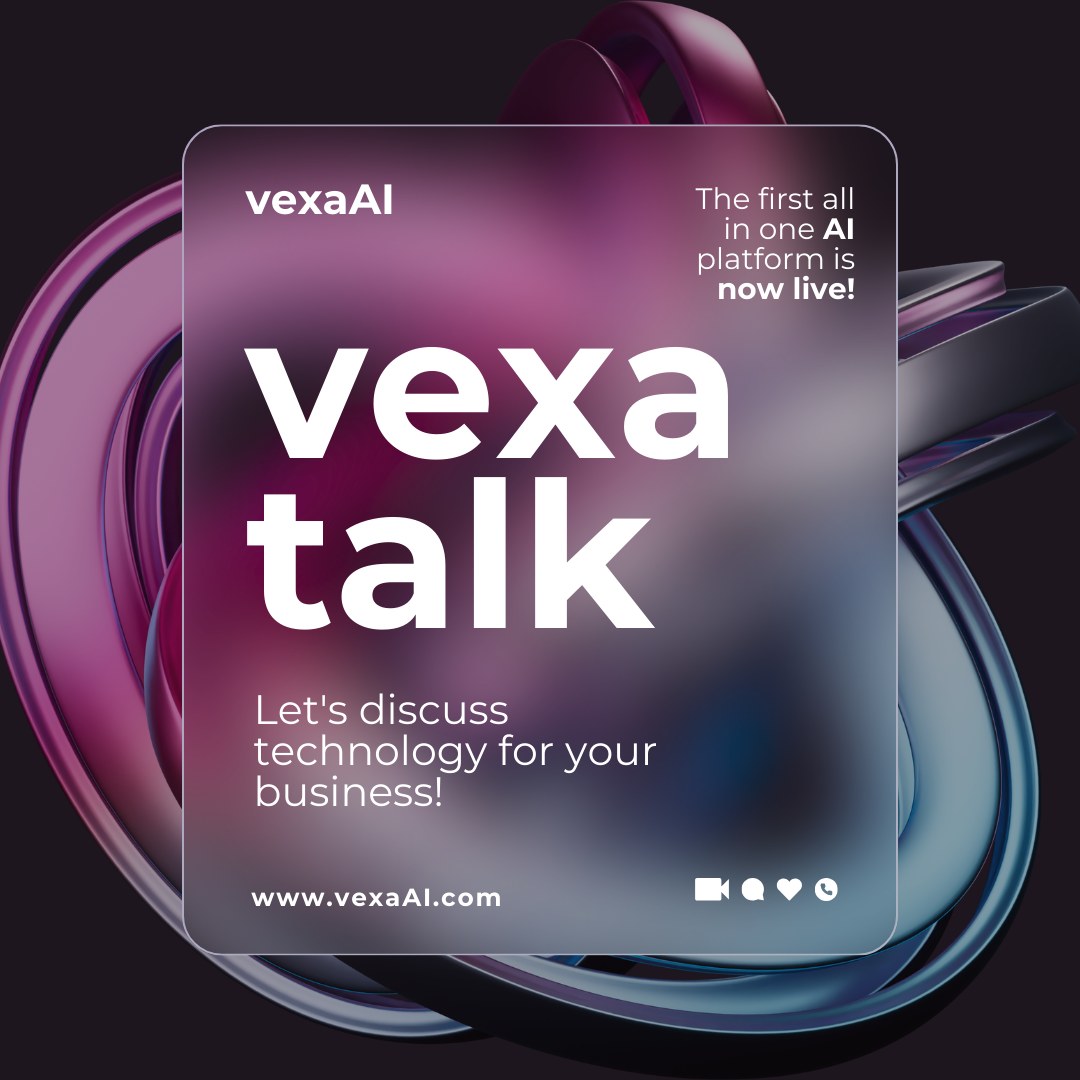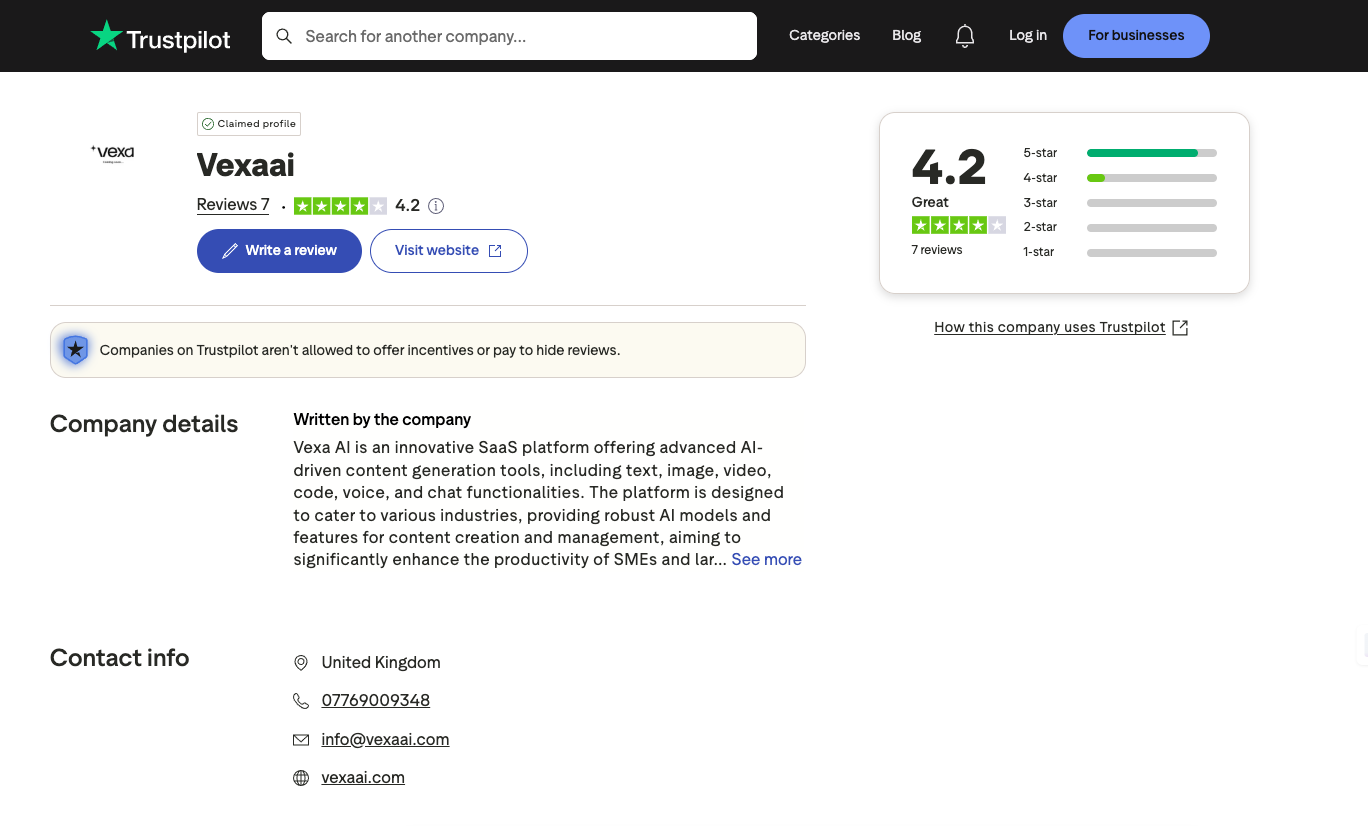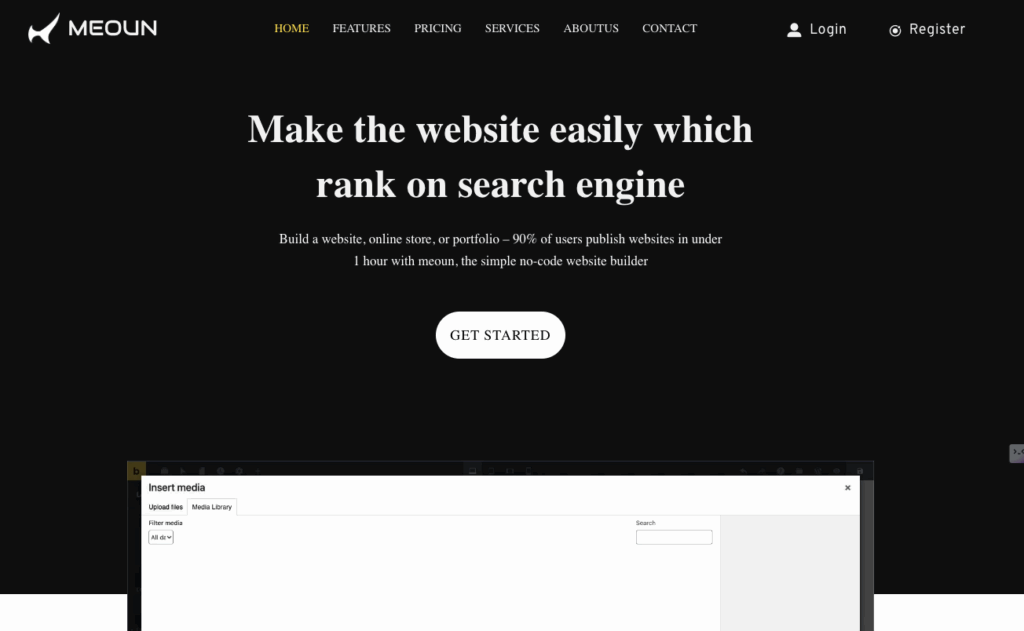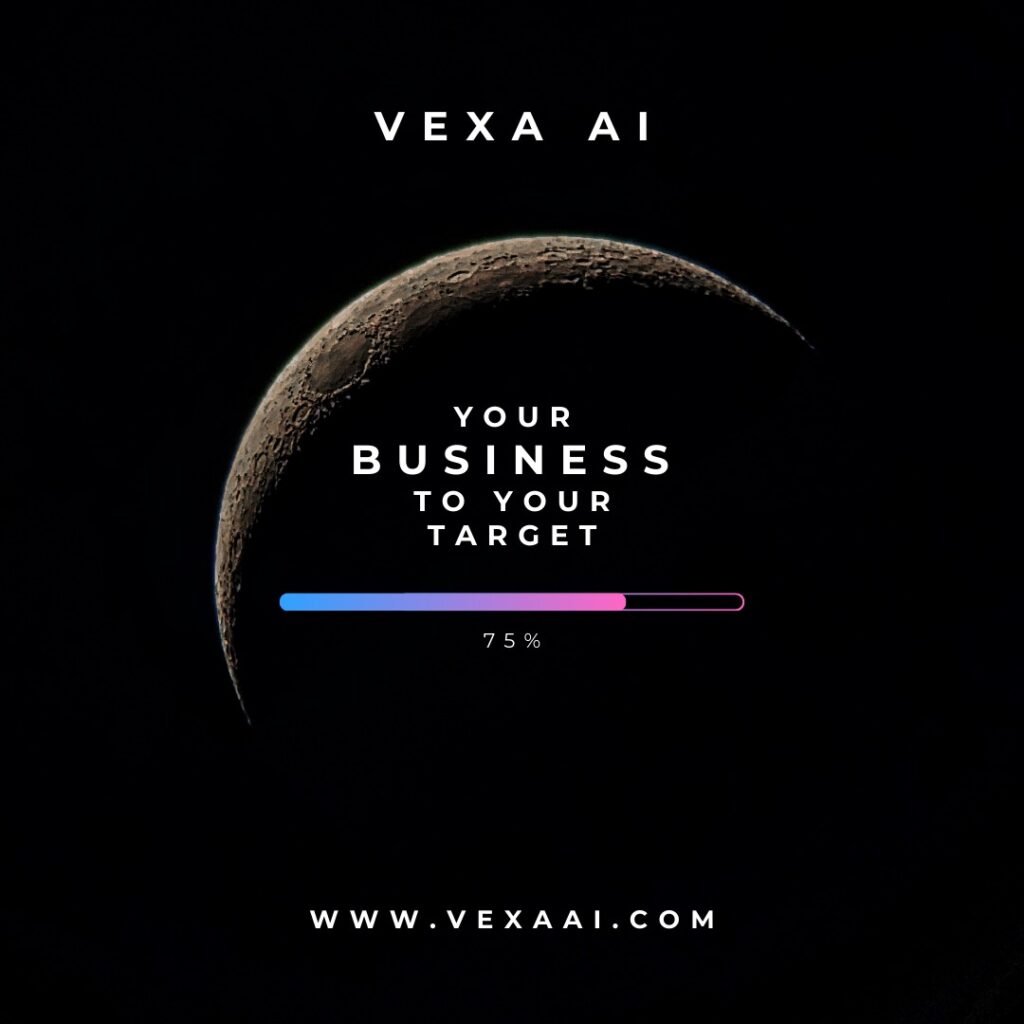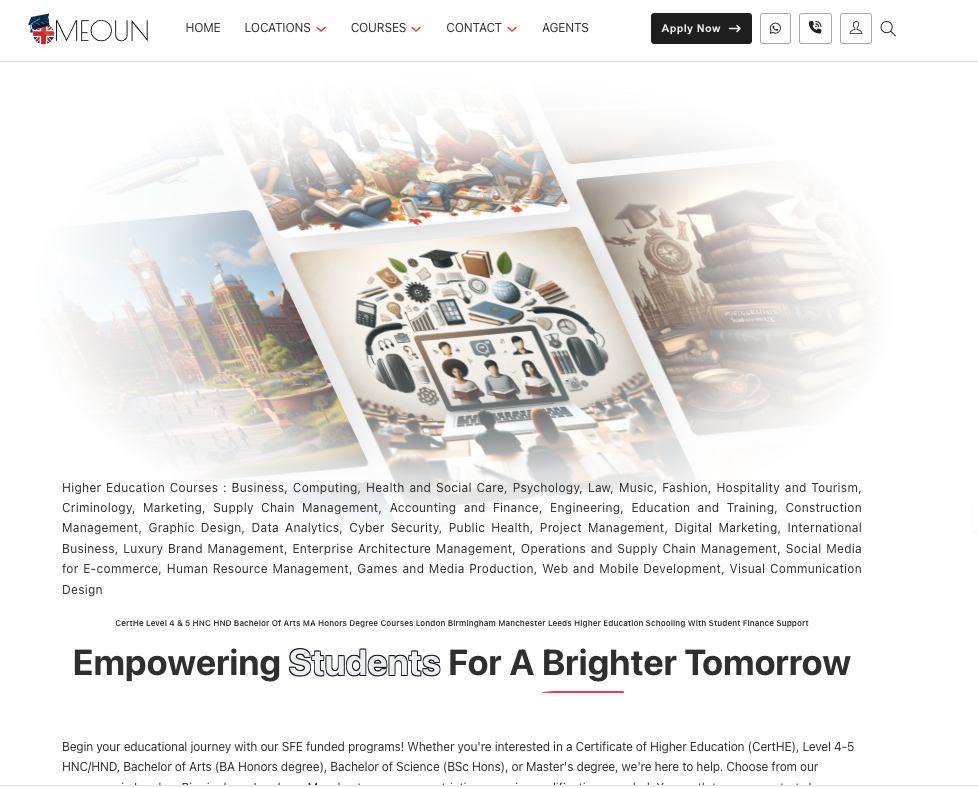Entrepreneurship & Innovation
1. The Vision: Building the Workbench for AI in Business
The spark behind Vexa was simple but powerful: businesses shouldn’t have to juggle five subscriptions, three APIs, and a technical team just to access the benefits of AI. Most companies only need practical, everyday outputs a blog post, a product photo, a marketing video, a chatbot for customer queries but they’re forced to choose between expensive, fragmented tools.
Vexa was designed to change that. From its earliest prototype, the goal was to deliver a single SaaS platform that unified AI text, image, video, voice, and code generation into a single intuitive interface. Think of it not as “one tool” but as a workbench of AI assistants each modular, each powerful on its own, but stronger when combined.
2. Laying the Foundation – SaaS Architecture
To support this ambition, the architecture had to be robust enough to handle hundreds of concurrent AI requests while remaining cost-efficient and scalable.
We chose Laravel as the core framework, supported by PHP 7/8 and MySQL 5.x/8.x. The system is containerized for cloud deployment, enabling fast scaling when usage spikes. Security and multi-tenancy were built in from day one: each business account runs its workloads in isolated containers, ensuring data integrity and uptime.
From a technical standpoint, Vexa supports:
-
Cross-browser compatibility: Chrome, Firefox, Safari, Opera, and Edge.
-
Modern frontend stack: JS/JSON, HTML, CSS, XML.
-
SaaS infrastructure: subscription management, credit allocation, and API usage monitoring.
The backbone was designed not just to run today’s models, but to easily swap in future models with minimal downtime a decision that proved essential as the AI ecosystem exploded in 2024–25.
3. Integrating the Engines – Models and Capabilities
What makes Vexa unique is not just its UI, but the breadth of model integrations stitched into one coherent system.
Instead of restricting users to a single provider, Vexa is model-agnostic. As of August 2025, the platform integrates over 30 state-of-the-art AI models across text, vision, and voice:
-
Text & Chat: GPT-5 family (standard, mini, nano, chat), Claude 3.7 / 4, Google Gemini APIs, Perplexity API, OpenAI o1/o3/o4 models, and custom fine-tuned assistants.
-
Images: Imagen 4, MidJourney API, Flux Pro/Flux Kontext (image editing), RealTime generators, and branded photo studio workflows.
-
Video: Veo 3, Kling 2.1, Luma, Haiper, AI Clips, and “Product URL → Video Ad” converters.
-
Voice: Trainable AI voice bots, Azure Text-to-Speech, HeyGen Avatars, AI voice isolation, realtime voice chat.
-
Automation & Analytics: Marketing Bot, Social Media Suite, HubSpot & Mailchimp integrations, API cost manager, analytics dashboards.
Each integration was wrapped inside Vexa’s modular mini-app system. That means a user can generate a blog article with GPT-5, illustrate it with Imagen, and push it straight into a social media campaign all inside one dashboard, no external setup.
4. Designing the User Experience
Even the most powerful models would fail without the right user experience. From the beginning, I led the design of the landing page, onboarding, and dashboard with one principle: reduce friction.
-
Landing page: Built with a storytelling flow Problem → Solution → Benefits → Call-to-Action reinforced by transparent pricing and previews.
-
Onboarding: From sign-up to first AI output in under two minutes.
-
Dashboard: A modular design where users can pin the tools they use most whether it’s text, code, or video.
-
Trust: Multi-language support, transparent billing, and role-based access for teams (Admin / SuperAdmin / Editors).
As shown in vexaa dashboard features.jpg, every tool is part of a cohesive system: content generation, chat, analytics, automation, integrations, and account management.
5. Driving Growth and Recognition
Once the product was live, the focus shifted to adoption. We ran a growth strategy across SEO, paid campaigns, and educator partnerships, but the biggest driver of credibility came from real user feedback.
By mid-2025, Vexa had earned a 4.2 Trustpilot rating (Screenshot 2025-08-15 at 14.05.58.png), with the majority of reviews highlighting ease of use, speed, and value. Users specifically praised the ability to consolidate multiple subscriptions into one platform.
Early adopters ranged from freelancers building social media content to small agencies managing multiple clients, and even enterprises experimenting with video and automation workflows.
6. The Impact So Far
The first year of Vexa has shown how unifying models under one roof creates tangible business benefits:
-
Cost savings: replacing 4–5 separate tools with a single subscription.
-
Speed: reducing average campaign or content creation time by 60%+.
-
Accessibility: letting non-technical teams access state-of-the-art AI without setup overhead.
Internally, analytics show text and image tools as the most widely adopted modules, with steady growth in video and automation usage a sign that businesses are ready to go beyond “prompting” into deeper workflows.
7. Looking Ahead
Vexa’s roadmap extends beyond the current suite. Upcoming initiatives include:
-
AI analytics dashboards that give businesses actionable intelligence, not just outputs.
-
Industry-specific AI assistants (marketing, finance, healthcare) for context-aware workflows.
-
White-label licensing for agencies to rebrand and scale Vexa with their clients.
-
Deeper integrations: TikTok automation, advanced HubSpot CRM sync, external embeddable chatbots, and new SaaS extensions.
The mission remains constant: make AI an everyday productivity tool, not a luxury.





